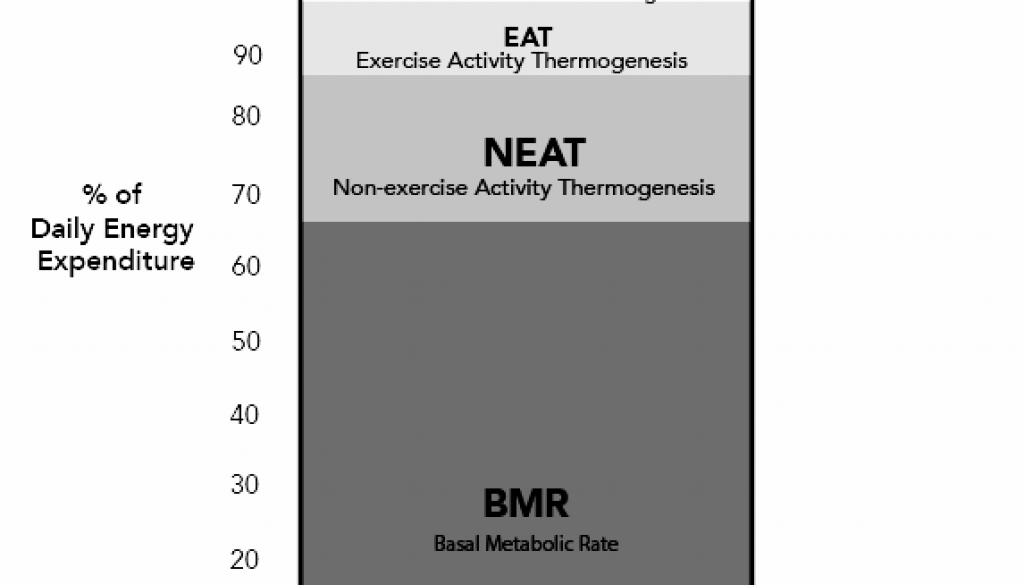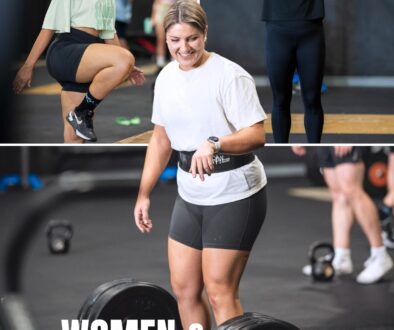TOTAL DAILY ENERGY EXPENDITURE (TDEE) and what it means for you..

We currently live in an era where the current fat loss tips and nutritional guidelines found in the media and news are just representations of what’s popular and what will serve the current social climate
That meaning, that a lot of the general advice popularised by the media, both traditional and current, are actually bullshit and don’t give clear actionable tips.
Examples of this that are statements and article titles such as:
“How to lose belly / arm fat”
“Best fat burning exercises”
“The quick 3 minute tip to shed unnecessary weight”
“How to lose weight without exercise”
“How to lose weight without dieting”
You get the gist..
Titles and articles which highlight these topics are simply creating a mindset around nutrition and weightless which is at worst, toxic and at best, distracting.
What I’m going to try to do with this blog is explain how we use the energy we consume on a daily basis, or even more simply; how we ‘burn’ the food (calories) we eat.
My hope is that by you being more educated around how we actually use the energy we consume, you can develop a mindset that is resilient to bullshit articles and clear on how to actually achieve your desired goals.
Because fat loss is the main reason why people started getting into fitness, training & nutrition I will start there..
In order to elicit fat loss, an individual must consume LESS calories over a given period of time than is needed to sustain how much they use (their TDEE).
Our daily energy expenditure is broken into four quadrants.
And these are the four types of ‘energy burn’ that fit into your daily usage
EAT = Exercise Activity Thermogenesis
Energy used during training / exercises sessions.
Makes up about 5-15% of daily ‘burn’ based on intensity and duration. For an average person training an hour a day we could hypothesis between 5-10%, which is actually a lot for 1 hr out of 24.
TEF = Thermic Effect of Feeding
Energy used during eating / digesting.
This is the energy we use digesting and metabolising the food we eat. Factors that influence this are protein content & amount of food (especially in relation to calorie density)
Makes up about 5-10% of daily burn
BMR = Basal Metabolic Rate (or RESTING metabolic rate)
Energy used living (internal processes), recovering and sleeping.
This is the amount of calories needed to keep your body running at optimal capacity during rest. Factors that influence this are recovery, damage caused by training, general stress levels, sleep and general living environment.
This makes up about 65% of daily ‘burn’.
NEAT = Non-Exercise Activity Thermogenesis
Energy used moving throughout the day.
The factor that influences this is simply how much non-exercise based activity you get throughout the day, whether this be working, walking or just general movement. This makes up around 20% of daily ‘burn’, perhaps more.
Now when it comes to fat loss, the idea is simple..
Increase all of the above and lower the actual calories eaten, which is creating a calorie deficit.
So you’ll essentially eat less food than you need to sustain all of the above types of energy usage
As you can see when it comes to energy usage, there is a LOT going on and the main consideration when it comes to ‘belly fat’ isn’t the type of ab exercise you are doing..
Training in general shouldn’t be used as a means to burn calories for fat loss, but more as a tool to create an environment that supports fat loss or any other given goal you have.
For fat loss, training and exercise assist through the increase in discipline (essential for nutritional changes), increase in BMR (through higher recovery needs), improved sleep (increased BMR), improvements in muscle mass, bone density and cardiovascular health which are essential for a functional human.
Provided that you are consuming that necessary calories needed for fat loss based off your body metrics (key ingredient in fat loss and maintaining a calorie deficit) then these are some things you can do which relate to each quadrant of TDEE which aid in your fat loss goal.
These are:
EAT (exercise activity thermogenesis):
- Train 5 x per week
- Prioritise Strength Training (burns more calories per session, increases BMR + improves general physical qualities)
- Use a training split which allows recovery between anaerobic, aerobic & strength sessions (based on movement patterns, intensity and demands)
TEF (Thermic effect of feeding): - Increase protein intake as it reduces appetite and is harder to use as fat storage in comparison to fat and carbs.
- Eat food that is large in size but lower in calories (salads), so it takes more energy to chew.
- DON’T WATCH TV or PHONE while you’re eating, studies have shown that you can consume a lot more calories while watching tv than without due to just ‘stuffing your face’ while distracted.
NEAT (Non-Energy Activity Thermogenesis): - Aim for 15,000 steps a day, try and hit that 10,000 minimum
- Consistently try to be active throughout the day and sit as little as possible
- Stand instead of sit
BMR (Basal Metabolic Rate): - Prioritise sleep hygiene (no phones / tv before sleep, no caffeine 10 hours before sleep)
- Improve Hydration (drink 1 litre upon waking and consume another 2 throughout the day)
- Improve Recovery (through high nutrient based foods, appropriate calorie and macronutrient ration and improved sleep & hydration)
- Strength train regularly (Due to CNS and muscular-skeletal demand of strength training it requires a significant amount of recovery and protein synthesis to aid in physical restoration – which increase BMR)
There are many, many more tips and definitely more in-depth scientific articles that could delve a little deeper into this topic.
This blog, is amount getting you as the reader to understand that fat loss is less about eating nothing and training heaps. That there is an actual science which it is more amount creating an optimal environment for reduced stress and increased positive habits than it is about training your ass off for 3 hours a day.
For any other tips or help with your goals, simply book a consult with us by clicking the button in the top right of this webpage and let’s chat.
For now,
TRAIN WITH INTENT
LIVE WITH PURPOSE


